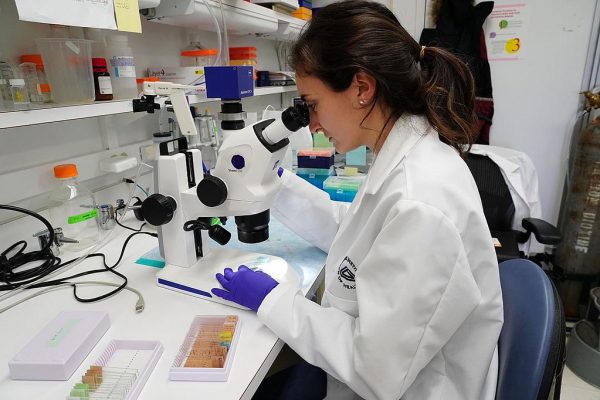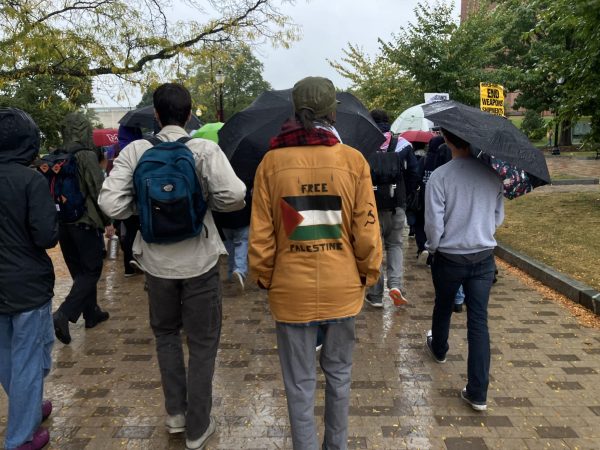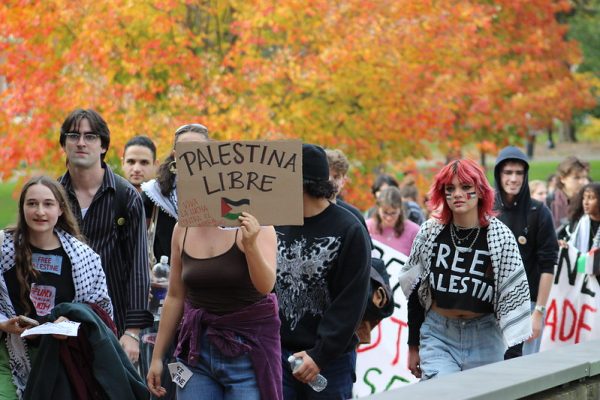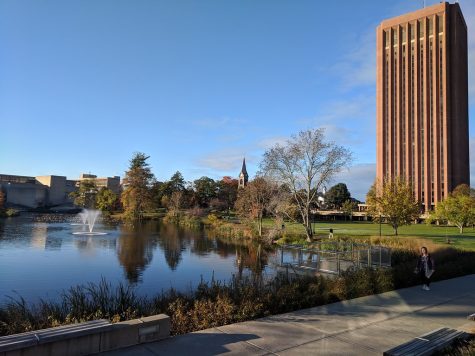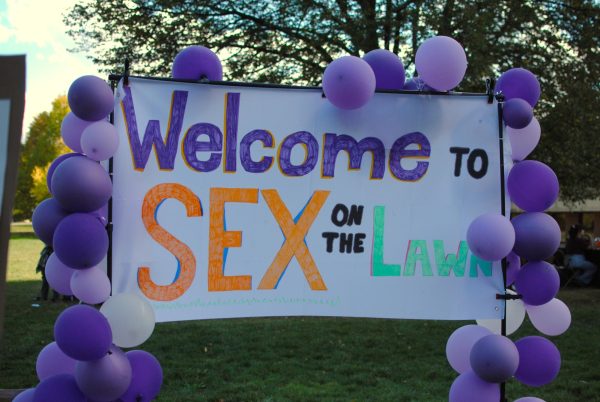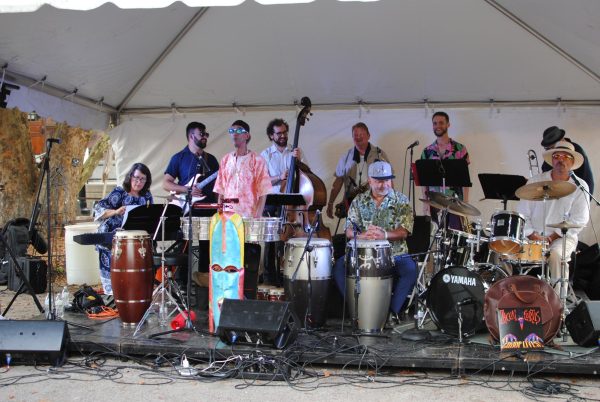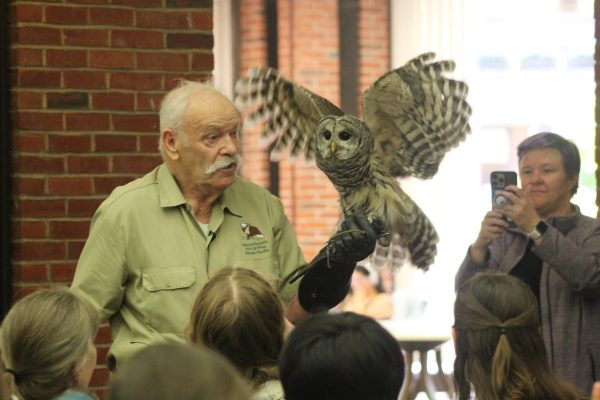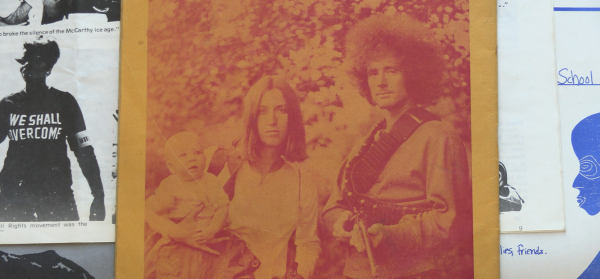3,000 miles away: UMass student from California speaks about wildfire devastation
‘The only thing that can be done now is to just be ready for when the next one comes’
Remnants of a neighborhood in Santa Rosa, Calif., where wildfires ravaged through the town. (Sgt. 1st Class Benjamin Cosse, California National Guard/Creative Commons)
AMHERST — Two weeks ago, University of Massachusetts Amherst sophomore Anthony Newman was startled to wake up to an emergency alert text message from his former community college, Santa Rosa Junior College, in northern California. What was even more concerning was the reason for the alert: Classes at the school were cancelled due to a safety hazard raised by nearby raging wildfires.
When Newman, a Petaluma, California native, learned that the nearby city of Santa Rosa was seriously threatened by the wildfires, he immediately called his stepmother’s family who lived there to ensure they were safe. He learned his family received a sudden knock on their door by authorities at 1:30 a.m. the night before and were forced to evacuate the town.
“They had to immediately leave their home with nothing more than the clothes on their backs,” said Newman, an environmental science major. “It was crazy.”
Newman’s family was able to find their way to safety, but their house was completely lost in the ensuing blaze. Nothing remained of where Newman’s family once lived, and with that came a newfound apprehension of the destructive power of wildfires.
These wildfires were the deadliest that the state of California has ever seen. According to CBS News, the fires have caused at least $1 billion in damages to property and have killed 42 people.
“Growing up, we would always hear about wildfires, there would always be at least one wildfire at any given time,” Newman explained. “But there was never a feeling of threat behind it. Now, that has completely changed.”
As a student over 3,000 miles away from his struggling family and friends, Newman felt it was necessary to constantly check in with the local authorities in California. He set up text alerts from his community’s sheriff’s department for hourly updates on the condition of his hometown.
Luckily, his hometown of Petaluma was spared from any major destruction, as nearby wildfires were contained. But Newman’s three younger siblings were still kept from school due to the poor air quality from the smoke and debris of nearby wildfires.
“It’s really scary. I have never had to deal with anything like this before,” said Newman. “It was hard to handle during midterms.”
Wildfires are common in areas like northern California. Drier conditions lead to the increased likelihood of a fire becoming out of control. Wind and a lack of rainfall only amplify the destructive capabilities of wildfires.
Although wildfires were once thought to mostly be caused by natural phenomenon like lightning, a recent study by Bethany Bradley, UMass associate professor of environmental conservation, and other researchers now shows the opposite. In a survey of wildfire records over the past 20 years, Bradley and researchers found that in the United States, humans were responsible for 84 percent of all wildfires and 44 percent of total area burned.
Although the California wildfires have not yet been attributed to a specific cause, Bradley explained that it would not be out of the realm of possibility they were accidentally caused by humans.
“These are exactly the hallmark of fires that would be started by people,” Bradley said. “These fires are in October, so it is well outside of the season that lightning strikes are commonly starting wildfires, and it’s also in central and northern California where it’s geographically more common for people to start fires than lightning.”
California is not the only area in the U.S. that deals with the problem of wildfires, explained Bradley. In the area of the Intermountain West, which includes the Sierra Nevada and Rocky Mountains, there are fire-prone ecosystems that are being quickly developed by people.
“You can imagine why people would want to live in Colorado or northern California, these places are beautiful,” said Bradley. “But there is always a risk, and the increased movement of people to this interface of wildlands and urban areas makes the potential for these fires to be more dangerous.”
Fire policy in areas prone to wildfires has changed over time, said Bradley. Local communities in areas like Colorado have begun to use certain architectural practices and materials when constructing homes to prevent the spread of fires. Even educational campaigns like “Smokey the Bear” have proven to be effective tools to spread fire awareness.
However, fire managers in these areas constantly walk a fine line between letting the ecosystem run its course and trying to prevent wildfires that pose a danger to people and their homes.
Bradley explained that despite these efforts to mitigate the effects of future wildfires, there are not many large-scale efforts that could completely stop fire destruction.
For now, community members in northern California push for volunteers in evacuation centers to help those affected rebuild their community. The shock of destruction still rings fresh in the minds of residents and loved ones in places like Santa Rosa.
“I still don’t really know how I feel about it, since everything happened so quickly,” said Newman. “The only thing that can be done now is to just be ready for when the next one comes.”
Email Michael at [email protected].
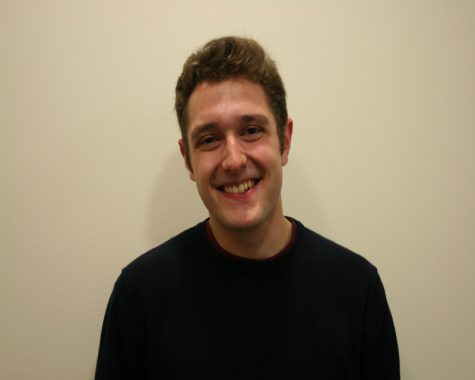
Email at [email protected] or follow on twitter @mconnors_j


